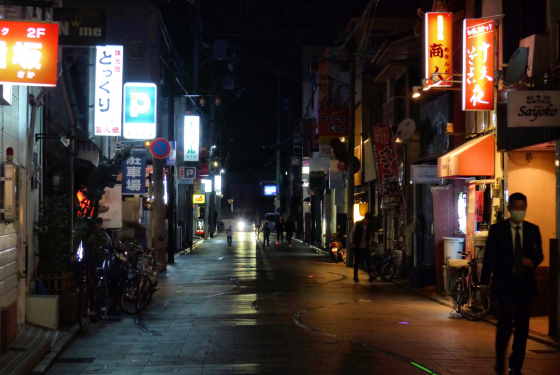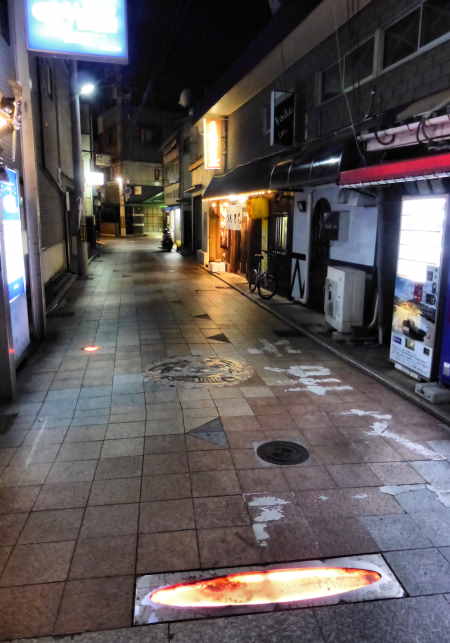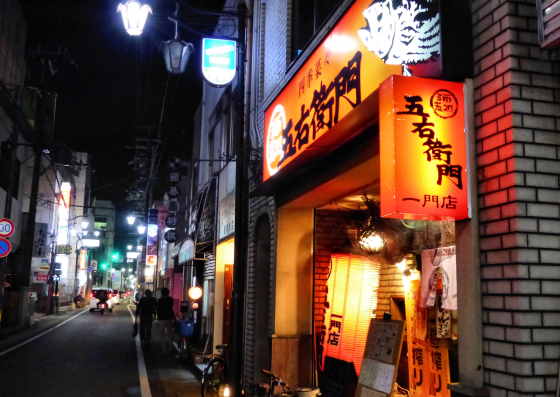Ajijoji Nightlife District
Usually located adjacent to the main train station in Japanese cities and towns can be found "nightlife districts", focused primarily on selling alcohol, food, and female entertainment, and "companionship".
I sometimes pass through such districts, but have neither the money nor inclination to be a customer, however at the end of my 4th day walking the Kumano Kodo trail, I spent the night in Tanabe, and they advertise themselves as having the most densely concentrated of such districts in Japan, so felt compelled to have a look.
The Ajijoji district has over 200 establishments packed into less than one square kilometer. There are a few restaurants, a few izakayas, and some bars, pubs, girl's bars, hostess bars, nightclubs, snack bars... which have nothing to do with snacks.....
I have only a vague notion of what the difference is between all these types of establishment, except they are usually very small, expensive, and have complex etiquettes.
Tanabe is classified as a city but is, in reality, a town, however, it is also the largest city in Kansai, in terms of area, 396 square miles, most of which is uninhabited mountains. With a population of about 70,000 it is also the 2nd biggest city in Wakayama.
Tanabe is the main gateway into the Kumano Kodo area for most visitors, and a big chunk of the Nakahechi trail falls within its boundaries. There are a few noteworthy sights I will cover later.....
























































